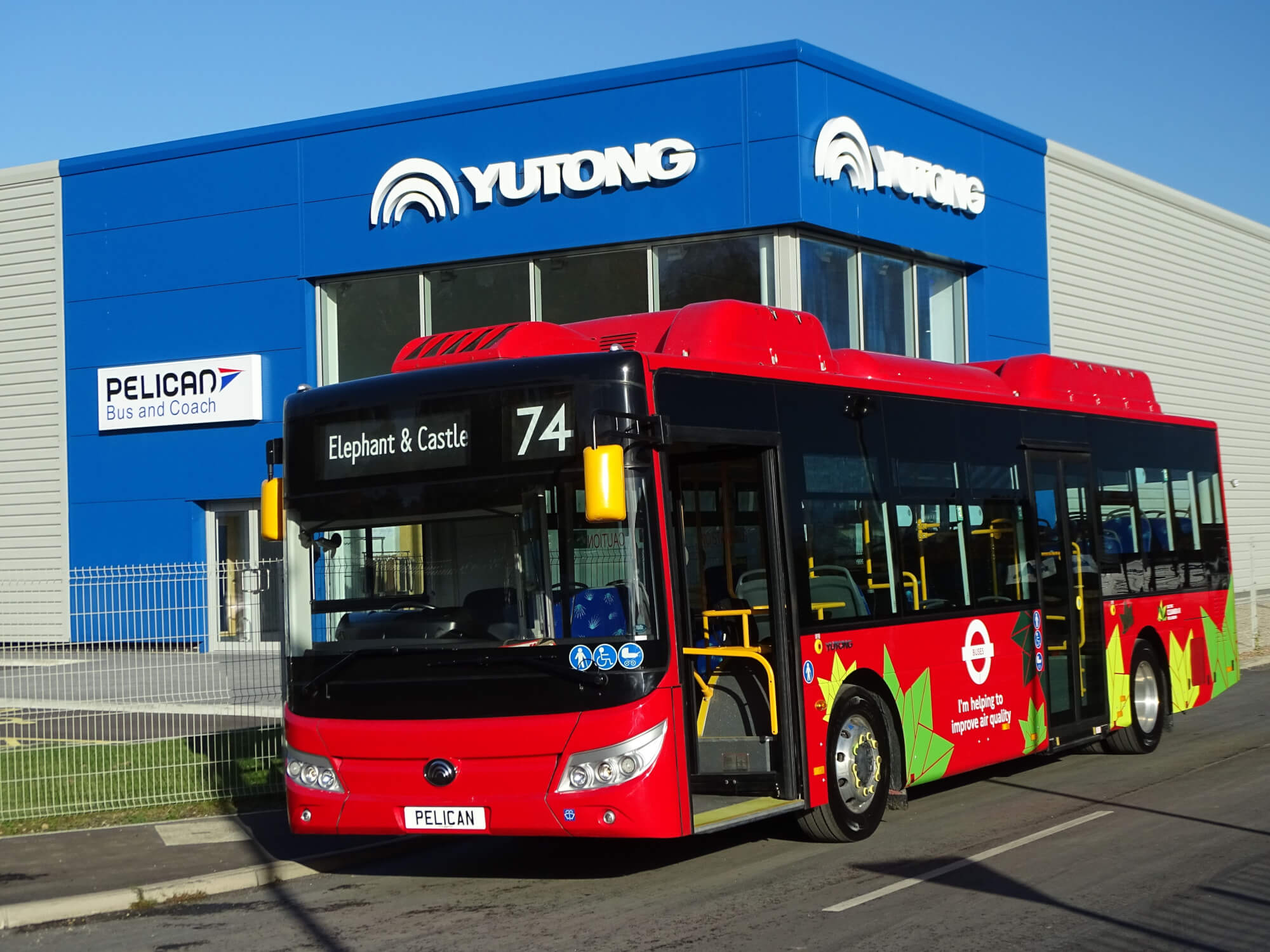
Yutong’s electric bus offerings in the UK have been on demonstration with many operators over the last year or so. Richard Sharman gets behind the wheel of the E10 to see how it performs out on the road
Pelican Bus and Coach has brought the electric zero emission E10 and E12 demonstrators to the UK to show operators how advanced the Yutong product is. Production of electric vehicles at Yutong began in 1999, and it is now the largest electric bus manufacturer in the world. This expertise is now available to UK and Ireland operators. The two E12 demonstrators have seen use all over the country. The difference between the two models is that the E10 is 10,800mm in length and the E12 is 12,170mm. The E10 has been designed specifically for the UK market and is being demonstrated in Transport for London (TfL) compliant specification in dual-door format. A single-door version for provincial use is also available. […]
By subscribing you will benefit from:
- Operator & Supplier Profiles
- Face-to-Face Interviews
- Lastest News
- Test Drives and Reviews
- Legal Updates
- Route Focus
- Industry Insider Opinions
- Passenger Perspective
- Vehicle Launches
- and much more!


